Enhancing Patient Acceptance of Orthodontic Mini-Implants: Evidence-Based Insights
Orthodontic mini-implants, also known as Temporary Anchorage Devices (TADs), have revolutionized anchorage strategies in orthodontic treatments. These small titanium screws are inserted into the jawbone to provide a stable anchor point, facilitating precise tooth movements without relying on adjacent teeth. Despite their clinical advantages, patient acceptance can be influenced by concerns about pain, discomfort, and other factors. This article delves into these perceptions and presents evidence-based information to aid effective communication between clinicians and patients.
Understanding Orthodontic Mini-Implants
Mini-implants are small, screw-like devices made of titanium, designed to serve as temporary anchorage points during orthodontic treatment. They are typically placed in the jawbone and removed once their purpose is fulfilled. Their use allows for more controlled tooth movements and can reduce the need for patient compliance compared to traditional methods.
Patient Perception of Pain and Discomfort
One of the primary concerns among patients is the anticipated pain associated with mini-implant placement. However, research indicates that these fears are often overestimated. A study published in The Journal of Indian Orthodontic Society found that postoperative pain decreased significantly from day one to day seven after mini-implant insertion. Most patients reported minimal discomfort and expressed satisfaction with the procedure, with many willing to recommend it to others.
Another randomized clinical trial compared the pain and discomfort experienced after mini-implant placement versus premolar extractions. The findings revealed that patients reported significantly lower levels of pain and discomfort following mini-implant insertion compared to tooth extractions. Additionally, daily activities such as drinking and biting were less affected post-mini-implant placement.
Functional Impact and Oral Health Considerations
Beyond pain, patients may worry about the impact of mini-implants on oral functions like speaking, chewing, and maintaining hygiene. Studies have shown that while some patients experience initial discomfort, these issues tend to diminish over time. For instance, restricted mouth opening was initially reported by 17% of patients but became minimal after six months to a year. However, maintaining oral hygiene around the mini-implants remained a challenge for approximately 15% of patients, emphasizing the need for proper care instructions.
Advantages Over Traditional Anchorage Methods
When compared to conventional anchorage devices like transpalatal bars, mini-implants offer notable benefits. A study in the European Journal of Orthodontics compared three anchorage methods and found that patients with skeletal anchorage (mini-implants) experienced significantly less pain in the initial days of treatment and during the first follow-up visit after six weeks, compared to those with transpalatal bars. This suggests that mini-implants can enhance patient comfort during orthodontic treatment.
Success Rates and Risk Factors
The overall success rate of mini-implants is influenced by various factors, including the site of insertion. A meta-analysis reported an average failure rate of 13.5%, with higher failure rates observed in the mandible (lower jaw) compared to the maxilla (upper jaw). Specifically, mini-implants placed between the second premolar and first molar in the mandible showed higher failure rates than those placed between the first and second premolars.
It's important to note that factors such as patient age, sex, and the side of insertion did not significantly affect the success rates. However, the jaw of insertion (maxilla vs. mandible) was a significant factor, with the maxilla showing better outcomes.
Effective Communication to Enhance Acceptance
To improve patient acceptance of mini-implants, clinicians should focus on clear and empathetic communication, addressing common concerns and providing evidence-based information. Key points to discuss include:
l Pain Expectations: Emphasize that the actual pain experienced is often less than anticipated and diminishes rapidly within the first week.
l Procedure Details: Clarify that mini-implant placement is a minimally invasive procedure, typically not requiring flap surgery, which can alleviate fears associated with surgical interventions.
l Functional Impact: Inform patients about the temporary nature of any functional disturbances and provide guidance on maintaining oral hygiene to prevent complications.
l Comparative Advantages: Highlight the benefits of mini-implants over traditional anchorage methods, including reduced discomfort and improved treatment outcomes.
By proactively addressing these areas, clinicians can foster trust and encourage informed decision-making among patients.
Conclusion
Orthodontic mini-implants serve as a valuable tool in modern orthodontics, offering effective anchorage with minimal discomfort. While initial patient apprehension is common, evidence suggests that these concerns are often unfounded. Through transparent communication and education, clinicians can enhance patient acceptance, leading to more successful treatment experiences.
Academic Sources:
1. Ganzer N, Feldmann I, Bondemark L. "Pain and discomfort following insertion of miniscrews and premolar extractions: A randomized clinical trial." The Angle Orthodontist, 2016.
2. Sandhu JS, Sandhu SV, Bector K, Sandhu SS. "Patients' Perception and Postoperative Discomfort with Mini-implants." Journal of Indian Orthodontic Society, 2013.
3. Papageorgiou SN, Zogakis IP, Papadopoulos MA. "Failure rates and associated risk factors of orthodontic miniscrew implants: A meta-analysis." American Journal of Orthodontics and Dentofacial Orthopedics, 2012.




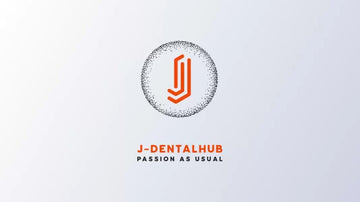
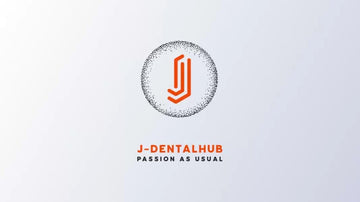
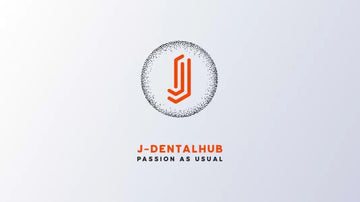
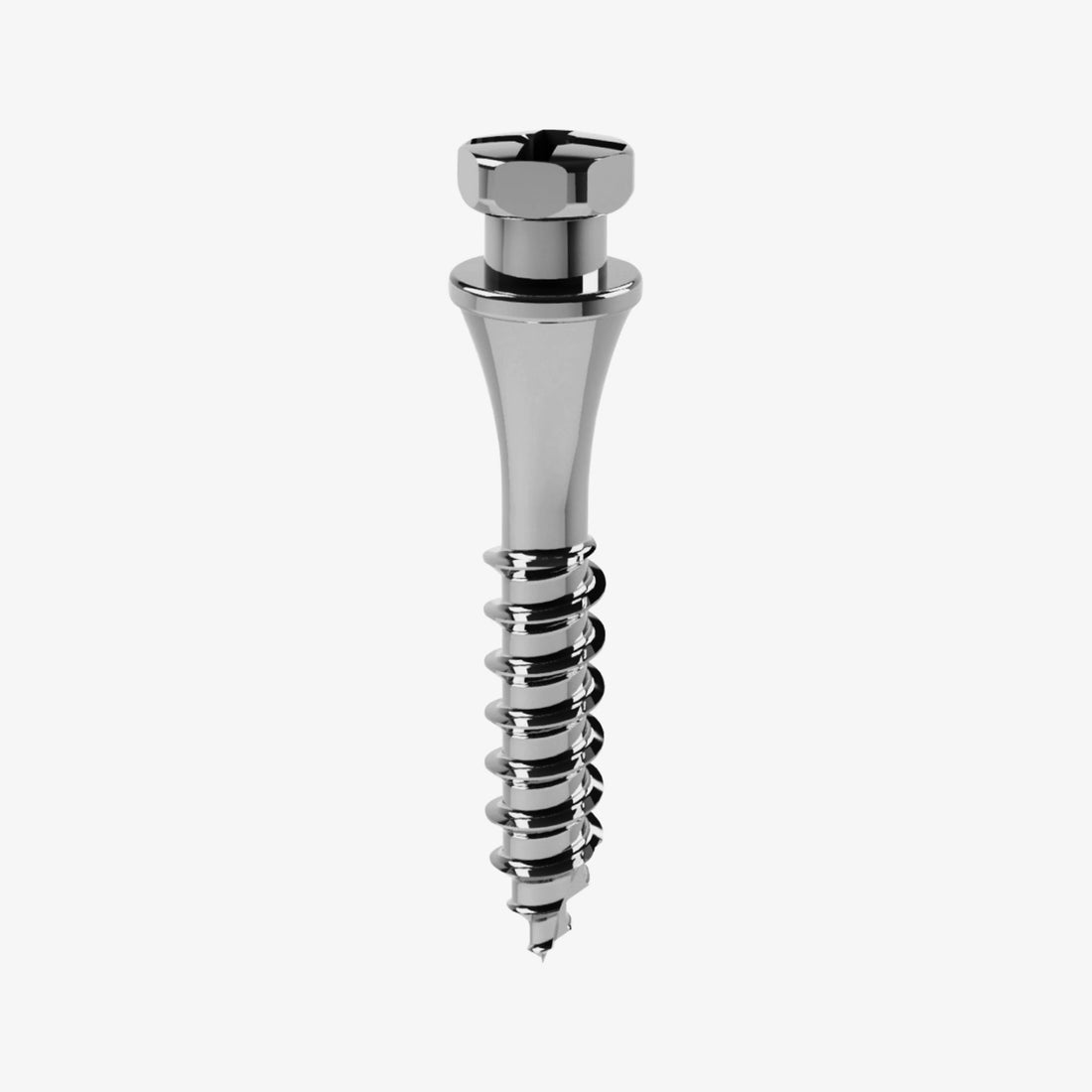
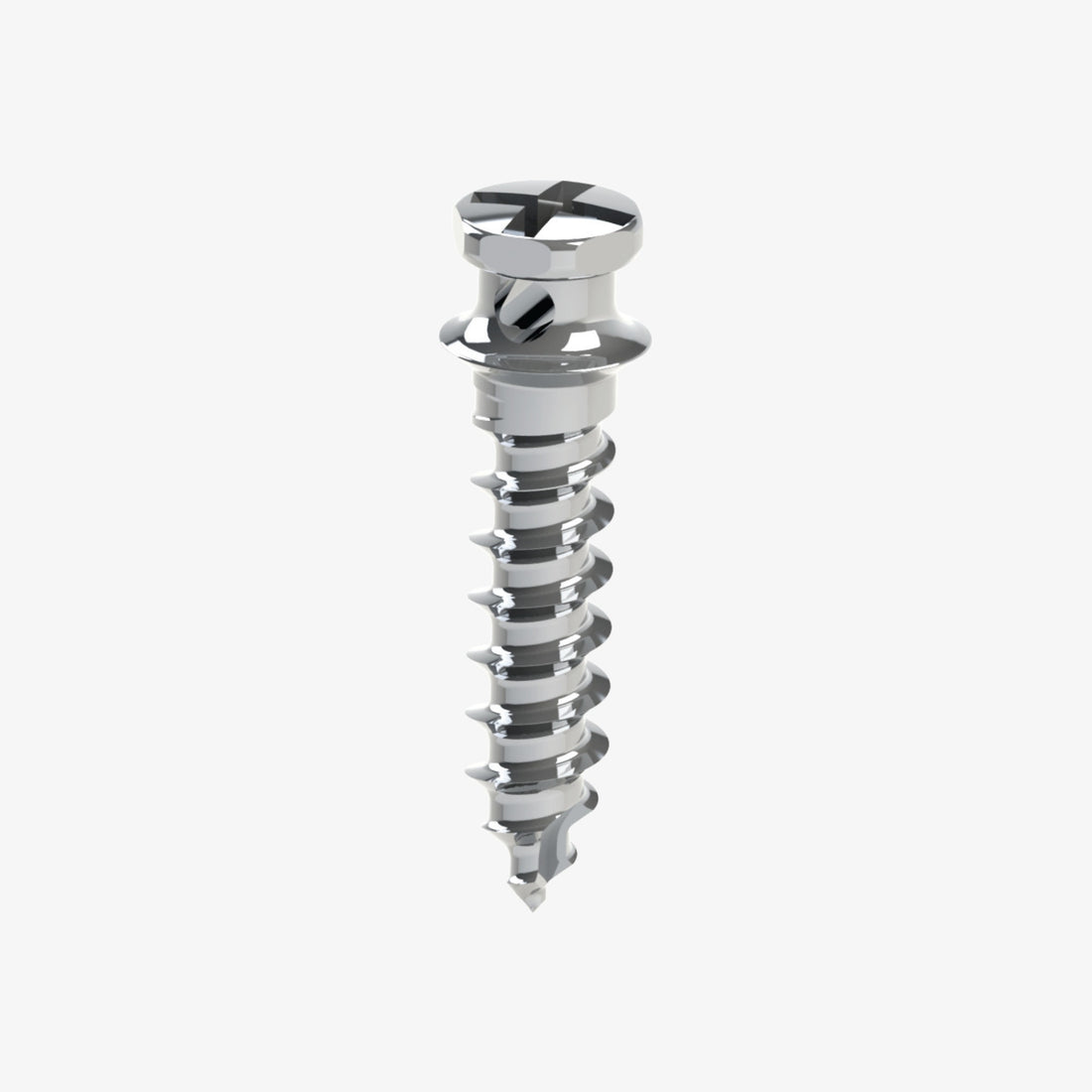
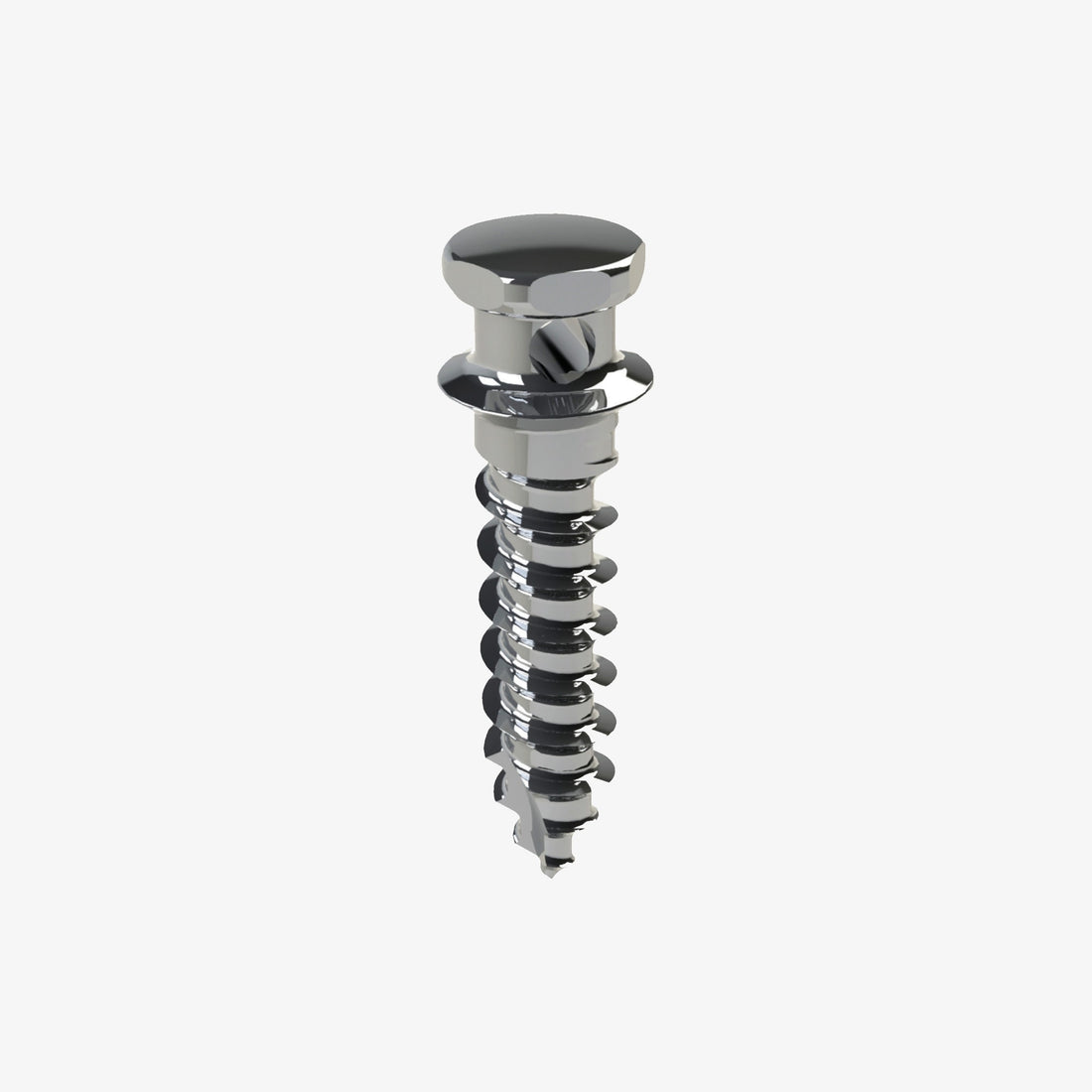
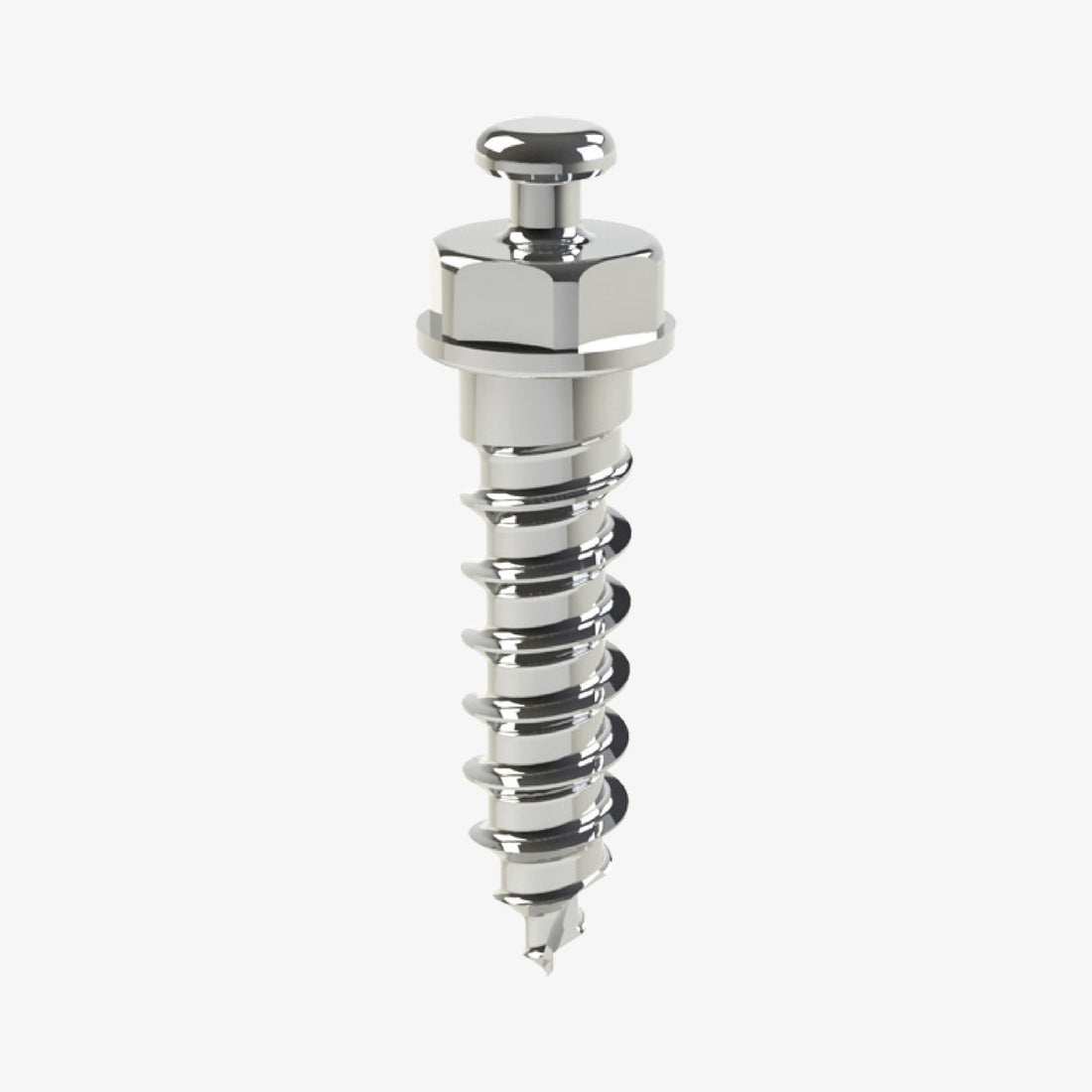

 0745 100 497
0745 100 497


